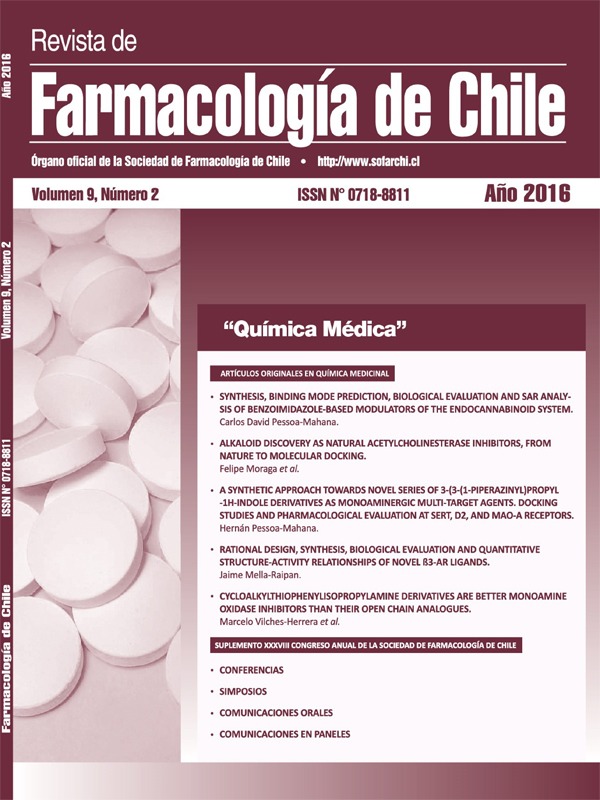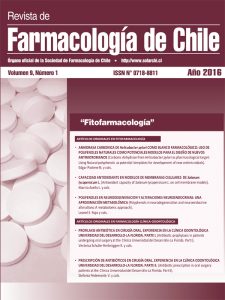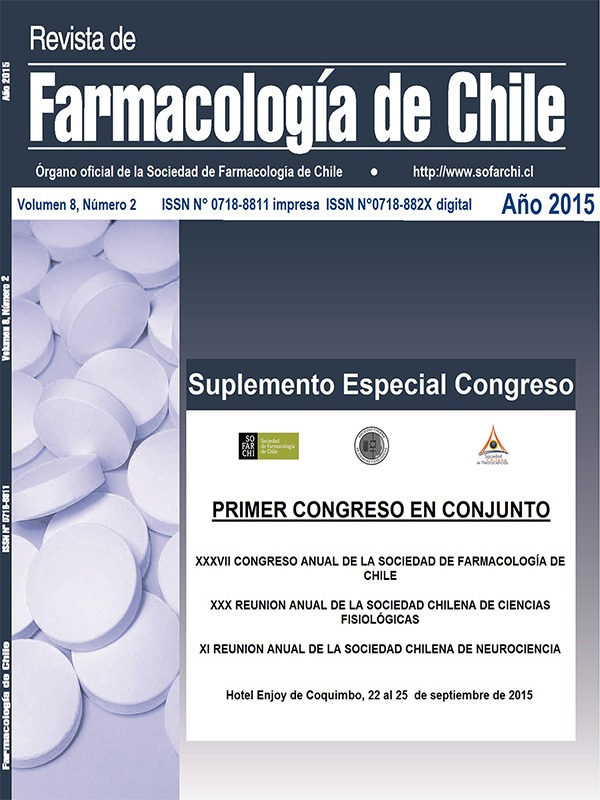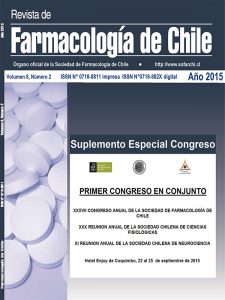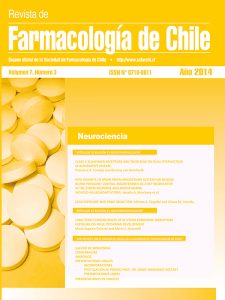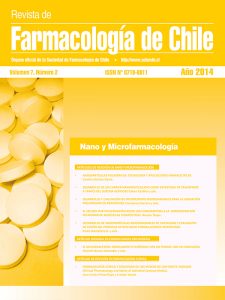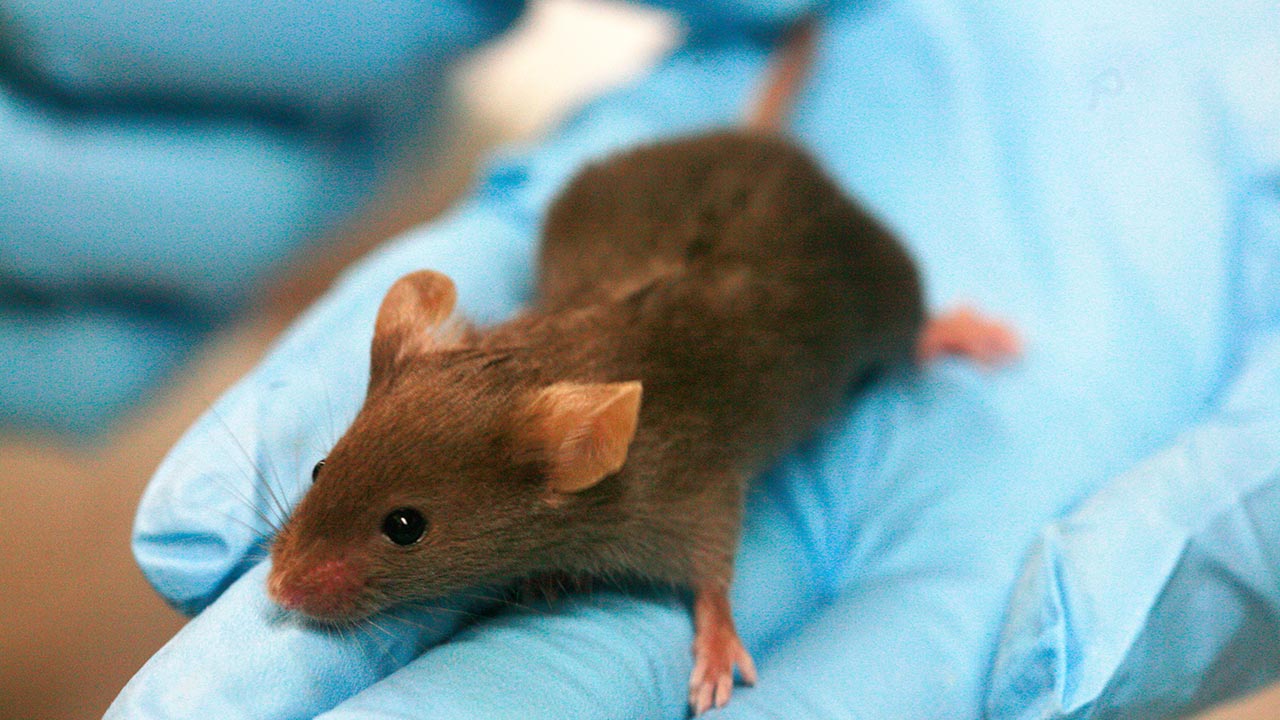Los animales modificados genéticamente (AMG) son una herramienta ampliamente utilizada en la investigación biomédica, ya que permiten modelar enfermedades, estudiar las bases moleculares de las condiciones patológicas, identificar y validar nuevos blancos farmacológicos, y estudiar la farmacocinética y toxicidad de los fármacos. Los AMG pueden sobreexpresar un gen foráneo (animal transgénico), tener interrumpida la expresión de un gen (knock-out), o tener reemplazado un gen en particular (knock-in). El ratón es el animal de laboratorio de elección para la generación de AMG, principalmente por la facilidad con que es posible modificarlo genéticamente y su bajo costo económico de mantención.
Entre los avances más destacados del último tiempo en las técnicas de ingeniería genética, esta la introducción de mutaciones célula o tejido-específico, los cambios en el genoma del ratón que pueden inducirse o reprimirse en un momento puntual de la vida del animal, y la sustitución de genes del ratón por su ortólogo humano. Las limitaciones tecnológicas para producir modelos de ratones manipulados genéticamente son cada vez menores, mientras que las aplicaciones y ejemplos de usos de estos animales en farmacología, que podemos encontrar en la literatura, son cada vez mayores. Por lo tanto, entender lo que se requiere experimentalmente para responder una pregunta científica es tan importante, como conocer las herramientas biotecnológicas disponibles en el mercado. Esta revisión no tiene otro fin que informar de manera general los tipos de AMG que existen y ejemplificar los usos de estos en la investigación farmacológica.
Descargar PDF
Bibliografía:
- Zambrowicz BP, Sands AT 2003 Knockouts model the 100 best-selling drugs–will they model the next 100? Nat Rev Drug Discov 2:38-51
- Gordon JW, Scangos GA, Plotkin DJ, Barbosa JA, Ruddle FH 1980 Genetic transformation of mouse embryos by microinjection of purified DNA. Proc Natl Acad Sci U S A 77:7380-7384
- Robl JM, Wang Z, Kasinathan P, Kuroiwa Y 2007 Transgenic animal production and animal biotechnology. Theriogenology 67:127-133
- Belteki G, Haigh J, Kabacs N, Haigh K, Sison K, Costantini F, Whitsett J, Quaggin SE, Nagy A 2005 Conditional and inducible transgene expression in mice through the combinatorial use of Cre-mediated recombination and tetracycline induction. Nucleic Acids Res 33:e51
- Gibbs EM, Stock JL, McCoid SC, Stukenbrok HA, Pessin JE, Stevenson RW, Milici AJ, McNeish JD 1995 Glycemic improvement in diabetic db/db mice by overexpression of the human insulin-regulatable glucose transporter (GLUT4). J Clin Invest 95:1512-1518
- Hsiao K, Chapman P, Nilsen S, Eckman C, Harigaya Y, Younkin S, Yang F, Cole G 1996 Correlative memory deficits, Abeta elevation, and amyloid plaques in transgenic mice. Science 274:99-102
- Qin W, Rudolph AE, Bond BR, Rocha R, Blomme EA, Goellner JJ, Funder JW, McMahon EG 2003 Transgenic model of aldosterone-driven cardiac hypertrophy and heart failure. Circ Res 93:69-76
- Granvil CP, Yu AM, Elizondo G, Akiyama TE, Cheung C, Feigenbaum L, Krausz KW, Gonzalez FJ 2003 Expression of the human CYP3A4 gene in the small intestine of transgenic mice: in vitro metabolism and pharmacokinetics of midazolam. Drug Metab Dispos 31:548-558
- Sauer B, Henderson N 1989 Cre-stimulated recombination at loxP-containing DNA sequences placed into the mammalian genome. Nucleic Acids Res 17:147-161
- Hayashi S, McMahon AP 2002 Efficient recombination in diverse tissues by a tamoxifen-inducible form of Cre: a tool for temporally regulated gene activation/inactivation in the mouse. Dev Biol 244:305-318
- Zhang SH, Reddick RL, Piedrahita JA, Maeda N 1992 Spontaneous hypercholesterolemia and arterial lesions in mice lacking apolipoprotein E. Science 258:468-471
- Plum L, Wunderlich FT, Baudler S, Krone W, Bruning JC 2005 Transgenic and knockout mice in diabetes research: novel insights into pathophysiology, limitations, and perspectives. Physiology (Bethesda ) 20:152-161
- Henderson CJ, Smith AG, Ure J, Brown K, Bacon EJ, Wolf CR 1998 Increased skin tumorigenesis in mice lacking pi class glutathione S-transferases. Proc Natl Acad Sci U S A 95:5275-5280
- Henderson CJ, Wolf CR, Kitteringham N, Powell H, Otto D, Park BK 2000 Increased resistance to acetaminophen hepatotoxicity in mice lacking glutathione S-transferase Pi. Proc Natl Acad Sci U S A 97:12741-12745
- Conklin DJ, Haberzettl P, Prough RA, Bhatnagar A 2009 Glutathione-S-transferase P protects against endothelial dysfunction induced by exposure to tobacco smoke. Am J Physiol Heart Circ Physiol 296:H1586-H1597
- Schinkel AH, Mayer U, Wagenaar E, Mol CA, van DL, Smit JJ, van d, V, Voordouw AC, Spits H, van TO, Zijlmans JM, Fibbe WE, Borst P 1997 Normal viability and altered pharmacokinetics in mice lacking mdr1-type (drug-transporting) P-glycoproteins. Proc Natl Acad Sci U S A 94:4028-4033
- Gladue RP, Cole SH, Roach ML, Tylaska LA, Nelson RT, Shepard RM, McNeish JD, Ogborne KT, Neote KS 2006 The human specific CCR1 antagonist CP-481,715 inhibits cell infiltration and inflammatory responses in human CCR1 transgenic mice. J Immunol 176:3141-3148
- Bian F, Li Z, Offord J, Davis MD, McCormick J, Taylor CP, Walker LC 2006 Calcium channel alpha2-delta type 1 subunit is the major binding protein for pregabalin in neocortex, hippocampus, amygdala, and spinal cord: an ex vivo autoradiographic study in alpha2-delta type 1 genetically modified mice. Brain Res 1075:68-80
- Wheeler VC, White JK, Gutekunst CA, Vrbanac V, Weaver M, Li XJ, Li SH, Yi H, Vonsattel JP, Gusella JF, Hersch S, Auerbach W, Joyner AL, MacDonald ME 2000 Long glutamine tracts cause nuclear localization of a novel form of huntingtin in medium spiny striatal neurons in HdhQ92 and HdhQ111 knock-in mice. Hum Mol Genet 9:503-513

